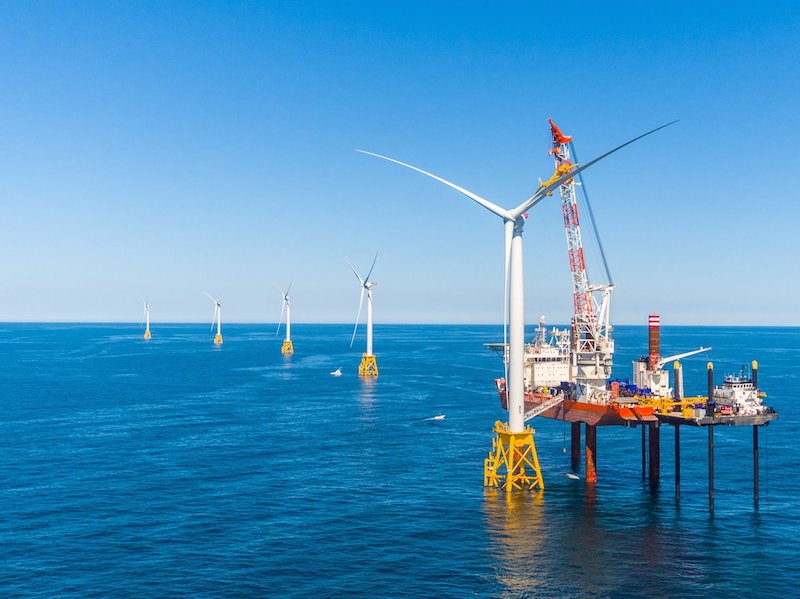There are some pretty good reasons to think that President Trump is warming up to wind power.
During the election, the narrative on wind wasn’t looking good. Trump had made many disparaging statements about unsightly turbines and fought development of an offshore project near his golf course in Scotland, and had promised a national energy policy that prioritized domestic fossil fuels over renewables.
He proceeded to appoint a climate skeptic to lead the EPA and an oil industry honcho to head up the State Department, and proposed deep cuts in spending at federal agencies involved in renewable energy as part of his “skinny budget” released in March.
But the winds seem to be shifting, and the biggest game-changer for Trump seems to be jobs.
Jobs in the wind industry have become the fastest growing occupation in the nation, surpassing 100,000 people employed in 2016, according to a new report by the American Wind Energy Association. By contrast, the coal industry employs about 76,000.
And the job outlook for wind continues to be strong. The Bureau of Labor Statistics (BLS) forecasts that the number of wind turbine technicians will more than double between 2014 and 2024, outpacing physical therapists, financial advisers, home health aides and genetic counselors.
“Employment of wind turbine service technicians is projected to grow 108% from 2014 to 2024, much faster than the average for all occupations. Because wind electricity generation is expected to grow over the coming decade, additional technicians will be needed to install and maintain new turbines. Job prospects should be excellent for qualified candidates,” the BLS said.
The median pay for a technician in 2016 was $52,260, about $25 an hour. Technicians typically have some college, but no degree is the norm. Training is provided on the job, as technicians are involved in the installation, maintenance and repair of wind turbines both on and offshore.
In addition, some energy watchers predict that the cost of wind power will continue to decline due to technology advances and economies of scale as production increases. And as wind and solar become cheaper relative to coal and natural gas, the faster these renewables can be developed and put into use.
These developments have not been lost on the Trump administration. While President Obama promoted wind and other renewables for their benefits in combatting global warming, Trump, a climate-change skeptic, has recast wind for its benefits to the economy.
He sees good-paying American jobs created by this fledging industry, and the chance to jump-start domestic manufacturing that could produce the materials and turbines used in wind farm construction. (Importantly for the workboat industry, this would include construction and operation of vessels that support the offshore wind sector.)
Initial signs that Trump’s thinking on wind is shifting can be seen in the administration’s Interior Department offering up areas along the East Coast for offshore wind leases.
In addition, the Environmental Data and Governance Initiative, a network of academics and non-profits that track federal websites, released a report this month showing that the administration has downplayed climate benefits on several government agency websites and emphasized economic payoffs of certain energy technologies.
For example, on the web page for the Wind Energy Technologies Office, which supports federal research into wind technologies, the report notes that the emphasis has shifted from climate change to job creation, U.S. industry growth and competitiveness and energy independence.
This seems to indicate that the Trump administration recognizes that renewables are becoming cheaper, and that these technologies are engines of job growth.
To some, Trump might support wind for the wrong reasons, but does it matter if it gets us to the same goal of using more renewables in our energy mix and creating more jobs and business opportunities?




